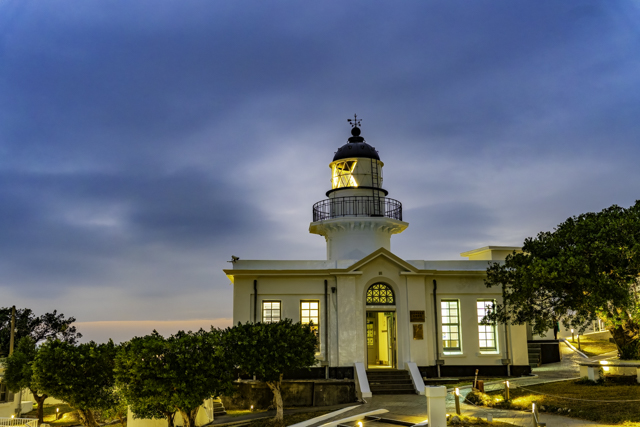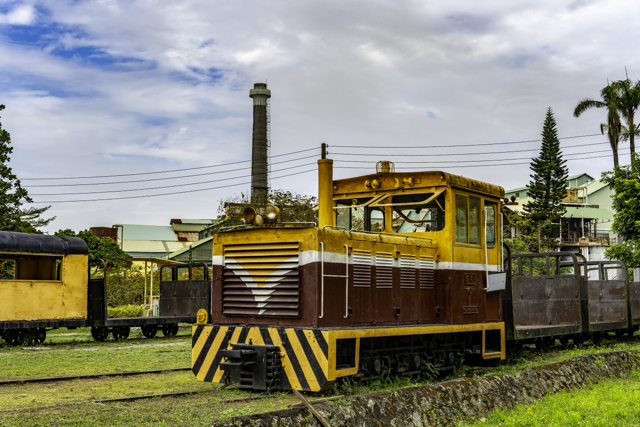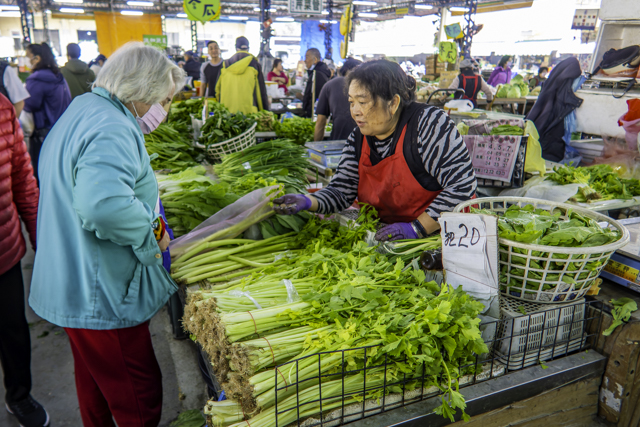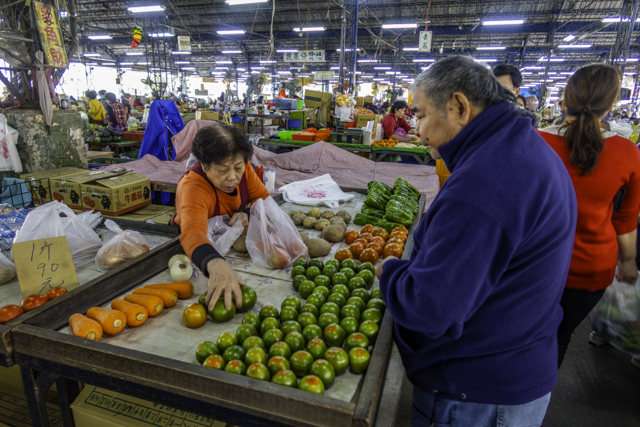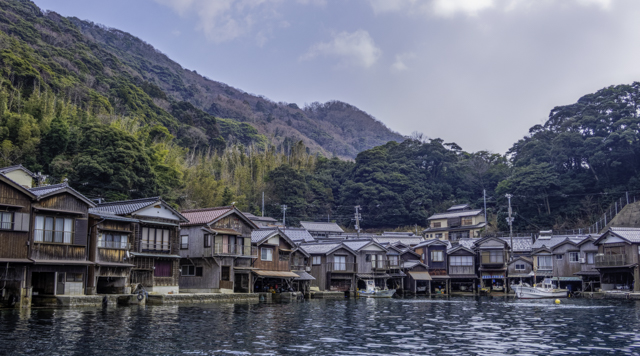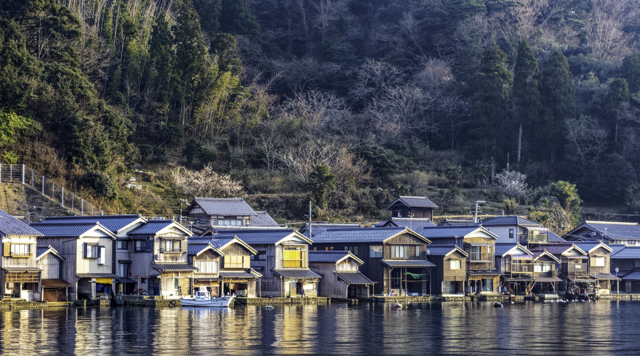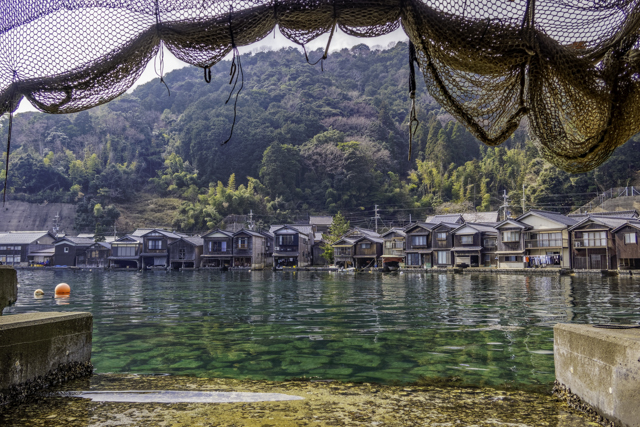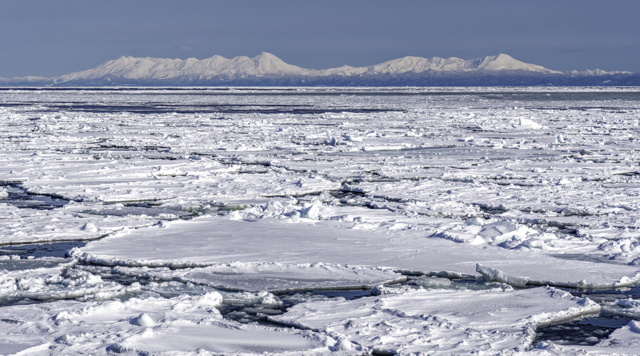
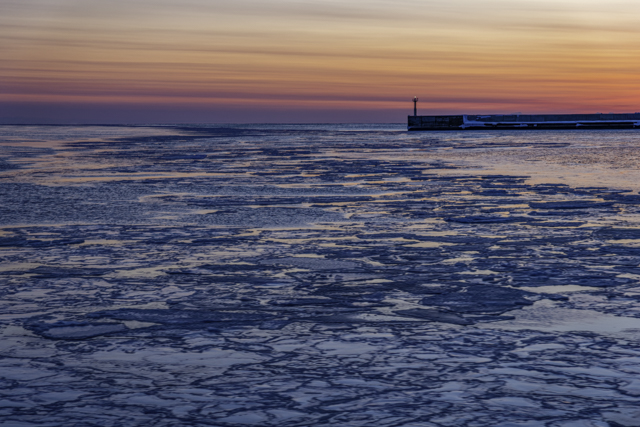
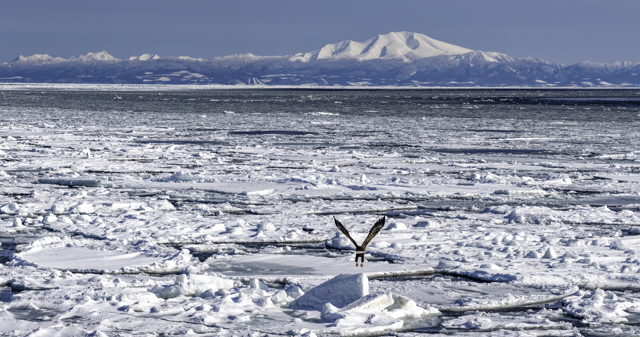
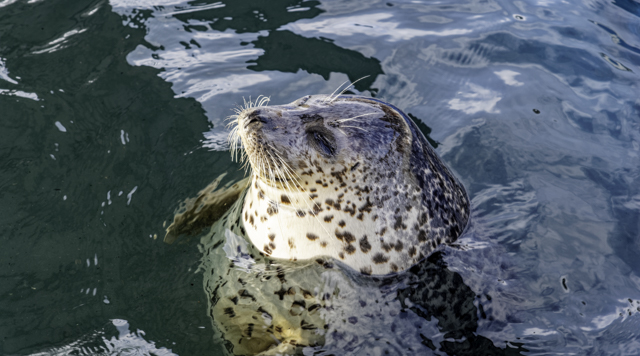
Times listed are the timetable at the time of visit.
Day 1
Tokyo Haneda (ANA375) 1035 >> Monbetsu 1220
Monbetsu Airport (free shuttle bus) 1235 >> Okhotsk Garinko Tower 1243
– 1330 Garinko (daytime cruise)
– 1615 Garinko (sunset cruise)
Okhotsk Garinko Tower 1800 (bus) >> Monbetsu Bus Terminal 1815
Overnight stay: Hotel Okhotsk Palace
Dinner: Seafood Restaurant Rin
Tips for Day 1
– There was a bus service available between Monbetsu City and Okhotsk Garinko Tower, conveniently operated according to the schedule of the Garinko.
– I initially thought it was too much but I took the Garinko three times during this trip. However, I saw a person who boarded the ship four times in 2 days.
– Since it was not crowded, I was able to join the seal feeding. When I gave Okhotsk Atka mackerel to the seals, they swallowed it down right away. I slowly ate Okhotsk Atka mackerel using chopsticks for dinner, I had a beer with me. Good to be a human.
Day 2
Monbetsu Bus Terminal 0515 (bus) >> Okhotsk Garinko Tower 0530
– 0600 Garinko Sunrise
0720 Okhotsk Garinko Tower (bus) >> Monbetsu Bus Terminal 0735
Breakfast: Dezuka Suisan
Okhotsk Palace Hotel 0950 (East Hokkaido Express Bus) >> Abashiri Aurora Terminal 1245
– 1230 Aurora
Dinner: Naka Sushi
Abashiri Bus Terminal (Airport Bus) >> Memanbetsu Airport
Memanbetsu 1905 (ANA 4780/AirDo) >> Haneda 2100
Tips for Day 2
– I ate freshly fried fish paste at Dezuka Suisan at Monbetsu Port for breakfast. I was able to resist the urge to have a beer in the morning. Great.
– The bus arrived at Abashiri early, so I changed the Aurora booking at the port, one voyage earlier than original reservation.
– From the Aurora, I was able to see white-tailed eagles. The sound of the ship made them flew away, but I managed to take photograph.
– I had some extra time, I visited Ryuhyo Glass Museum, where I found while onboard the icebreaker. They sold nice glass crafts and had a nice cafe facing the port.
– Using my All Nippon Airways frequent flyer miles, I boarded an AirDo operated flight for the first time.
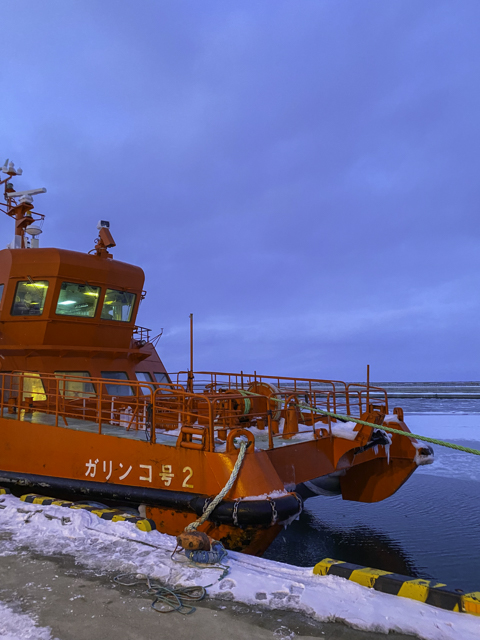
Memories of Icebreaker
There were icebreakers in Monbetsu and Abashiri to see drift ice, it was hard to decide which one would be better. This time, I decided to visit Monbetsu mainly.
Geographically, Monbetsu is closer to Amur River as it is located in the northern part of Hokkaido, which seems to have a higher chance of encountering drift ice. On the other hand, Abashiri extends further to the east in Hokkaido. Since there are factors such as wind direction, it is indeed difficult to say which is better. According to data I saw somewhere, Abashiri has more drift ice observations from land (?)
There were not much differences in terms of experience onboard the ships. Two ships offer about one-hour voyage and take 15 to 20 minutes each way between port and drift ice area. Hence, it has a little more than 20 minutes to cruise around the drift ice.
Monbetsu has fewer tourists and has smaller ships. It also has both sunrise and sunset cruses. As the town is located on the ease coast of Hokkaido, sunrise cruse is impressive. On the other hand, Abashiri cruse overlooks Shiretoko mountains on a clear day as 1st photo of this page.
So… very hard to say which one is better.

